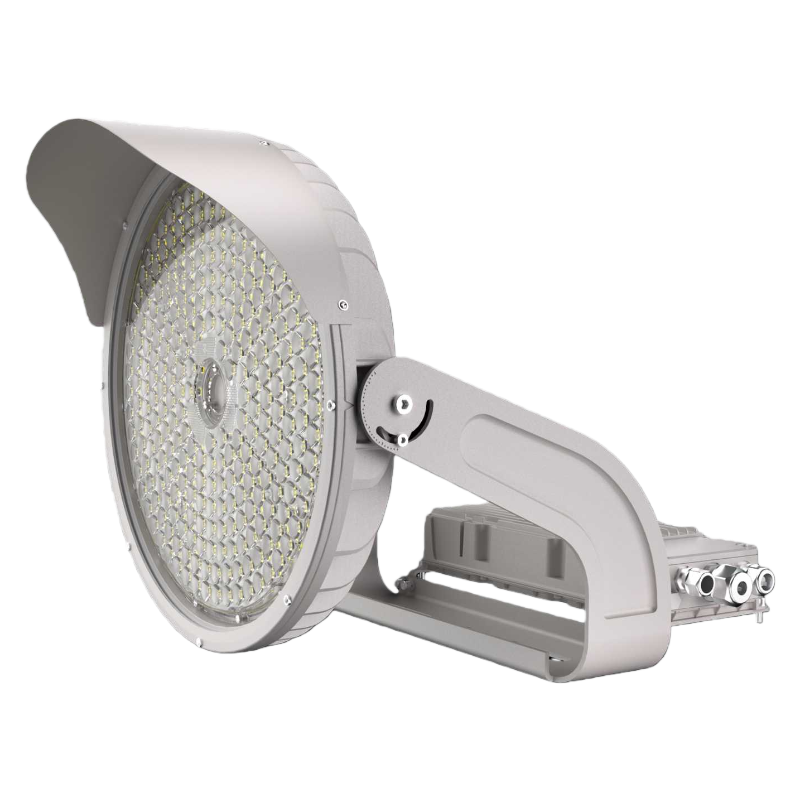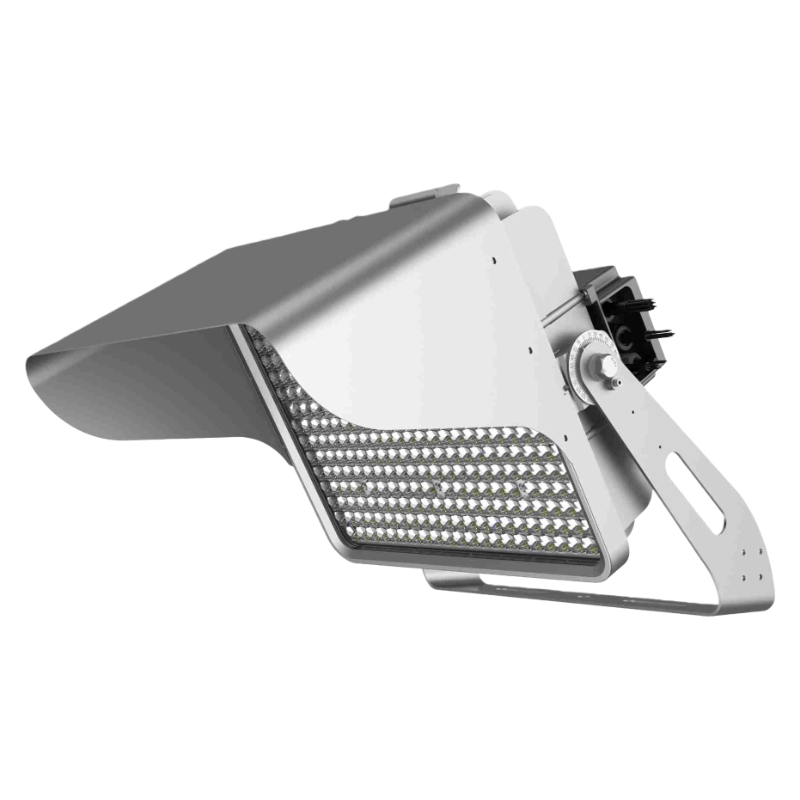ZC Lighting:How LED technology reshapes the B-end lighting ecosystem and commercial value
Driven by the global energy transformation and the wave of Industry 4.0, the industrial and public lighting fields are undergoing disruptive changes. According to TrendForce's forecast, the global LED industrial lighting market will exceed US$23 billion in 2025, with a compound annual growth rate of 9.3%. As a technology enabler in the upstream of the industry chain, LED lighting companies not only need to provide hardware products but also need to build a systematic solution of "light efficiency + intelligence + sustainability". This article will deeply analyze the trends, technological breakthroughs and commercial value reconstruction logic of the industrial lighting industry.
1. Industry pain points and demand upgrades
①Energy consumption costs force technology iterations
Industrial scenarios account for 38% of global lighting electricity consumption. Traditional high-pressure sodium lamps, metal halide lamps and other equipment have high energy consumption and high maintenance frequency (average life span <15,000 hours). Under the pressure of European and American carbon tariff policies and domestic "dual carbon" goals, companies urgently need to achieve a 50%-70% reduction in energy consumption through LED upgrades and meet the ISO 50001 energy management system certification requirements.
②Intelligent scene-driven function integration
Industry 4.0 puts forward new requirements for lighting systems:
- Production safety: Adaptive dimming is required in dangerous working areas (such as the brightness of explosion-proof lamps in petrochemical plants is dynamically adjusted according to gas concentration)
- Operation and maintenance efficiency: Fault warning and life prediction are realized through the IoT platform (such as batch monitoring of high-pole lamps in ports)
- Data value-added: Smart street lights are equipped with traffic monitoring and environmental sensors to enable digital management of cities
③Life cycle cost (TCO) competition
The decision logic of the purchaser has shifted from "price priority" to "10-year TCO assessment", requiring products to have:
- 100,000 hours of ultra-long life (L90 standard)
- Modular design (quick replacement of driver/light source modules)
- Compatible with future smart protocol upgrades
2. Technological breakthrough: from single lighting to system empowerment
①. Optical innovation: scene-customized light effect design
- Industrial manufacturing: adopt a bat-wing-shaped light distribution curve to solve the problem of insufficient vertical illumination in high-bay workshops (such as 15-meter floor height uniformity>0.8)
- Sports stadiums: TV broadcast-level lighting solution (vertical illumination 2000lux, display index Ra>90, flicker index<1%)
- Smart road: asymmetric lens technology, control glare value UGR<25, and increase the driver's visual distance by 30%
②. Material and Structural Revolution
- Heat dissipation technology: Vacuum chamber replaces traditional fins to reduce the thermal resistance of industrial and mining lamps by 40%
- Lightweight design: die-cast aluminum + carbon fiber composite structure, the weight of the stadium lamp is reduced from 45kg to 28kg, reducing installation costs
- Environmental adaptability: IP69K protection + acid-resistant aluminum coating, to meet extreme environments such as offshore platforms and chemical workshops
③. Smart control ecosystem
Protocol compatibility: Supports DALI-2, Zigbee 3.0, LoRaWAN, and other multi-protocol hybrid networks to break system silos AI algorithm application: Predict lamp attenuation curves through machine learning, dynamically adjust output power to maintain light attenuation <5% Digital twin management: 3D BIM model docking lighting system to achieve a closed loop of "light environment simulation-deployment-optimization" for factories/parks
3. Value reconstruction: Commercial extension of lighting systems
①. Energy efficiency monetization model
- European leading companies have launched the "Lighting-as-a-Service" model:
- Customers pay by lumen hour, and suppliers are responsible for equipment investment operation, and maintenance
- Through the Energy Saving Sharing Agreement (ESCO), it helps factories save $120,000-250,000 in electricity bills annually
②. Value-added data services
- A North American port case: 2,000 smart street lights integrated with the ship dispatch system reduce container turnover time by 18%
- German automobile factory project: The lighting system is linked with AGV navigation to improve logistics efficiency by 23%
③. Endorsement of sustainable competitiveness
- Carbon footprint traceability: in compliance with the PAS 2050 standard, a single mining lamp reduces CO₂ emissions by 1.2 tons in its life cycle
- Circular economy: modular design enables a material recovery rate of over 92%, meeting EU Ecodesign 2025 regulations
4, future trends: industry reshuffle and ecological integration
①Technical barriers are rising: Zhaga Alliance promotes interface standardization, and companies that cannot develop optical engines will be eliminated
②Cross-border competition is intensifying: giants such as Huawei and Siemens have entered the market, and the competitive and cooperative relationship between lighting companies and ICT manufacturers has deepened
③Emerging market explosion: RCEP regional infrastructure investment has spurred demand for industrial lighting in Southeast Asia, with an expected growth rate of 15% in 2024
Conclusion: Redefining the value dimension of light
In the era of industrial lighting 4.0, LED has surpassed the simple attribute of "lighting tool" and evolved into a productivity efficiency engine and a digital transformation portal. Relying on the three-dimensional capabilities of "photoelectric technology + scene algorithm + energy management", ZC Lighting provides customers in manufacturing, municipal engineering, sports venues, etc.:
Energy-saving rigid value: DLC Premium certified products to ensure maximum light efficiency per watt of electricity
Intelligent flexible value: Scalable IoT architecture to support continuous business upgrades
ESG strategic value: Full life cycle green solutions to help companies achieve carbon neutrality goals











